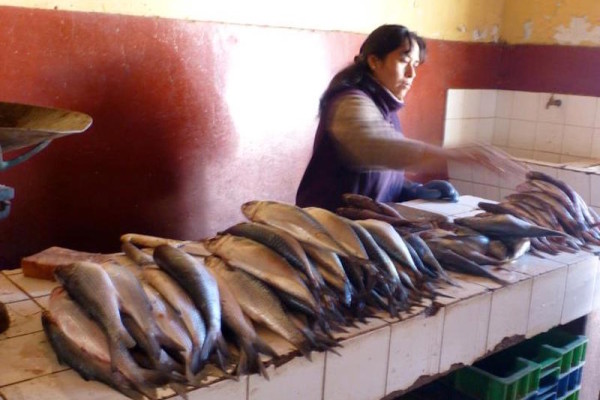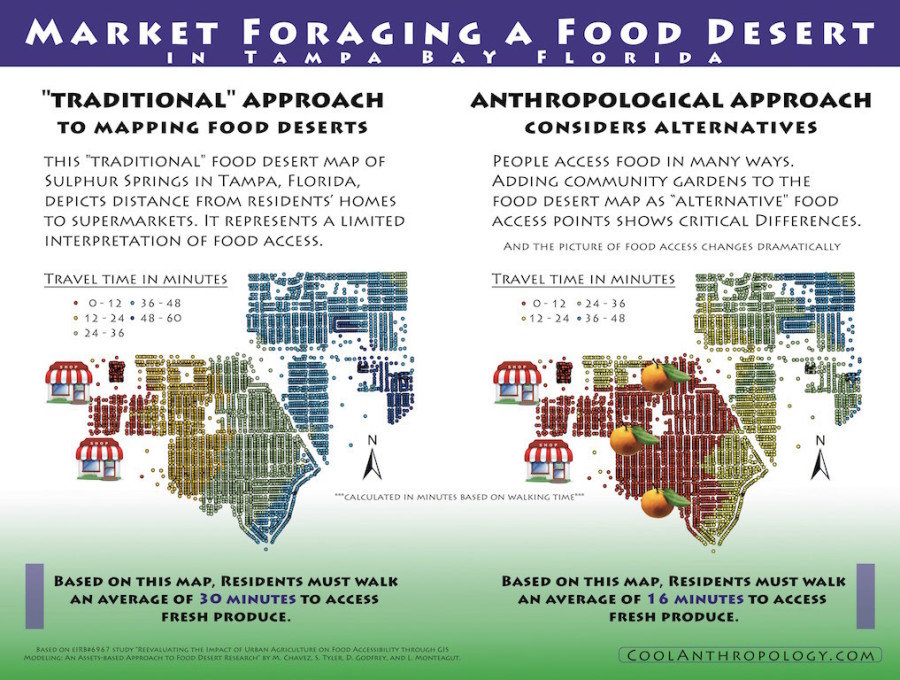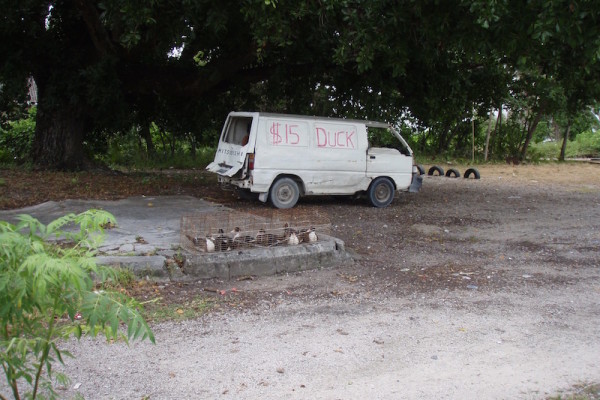Food is the sixth stop on the development road, with changing diets happening at many places along the development road. Here, we will consider changing ways of producing and consuming food has affected social life, health, the environment, economics and, even, identity.
Significant from both a cultural and a biological perspective, food is the daily manifestation of the convergence of politics, economics, environment and ritual. Changing foodways in response to multiple macro and micro forces are well-documented- from the “Coco-colonization” of indigenous communities (Leatherman and Goodman 2005) to the pressures to sell nutrient-rich local foods for consumption in world markets, generating income to buy cheaper, imported processed foods (Cantor et al 2013). The tension between “traditional” and “modern” diets is manifested in practice in a variety of ways. While restaurant and store-bought foods, in one sense, represent the convenience of modern life and “free time,” an increasing awareness of chronic diseases associated with food that is disconnected from the land, the daily routines of working the land and, thus, heritage practices has entered the discourse in both rural and urban communities (Baines 2012). Balancing the cost of producing local foods for local consumption, a practice highlighted across the applied nutrition and sustainability spheres as both biologically and culturally positive, against the ease and low price of a package of noodles, for example, is a multi-step process. The growing need for cash, the loss of land and rising land prices, the growing demand for fresh produce and “healthy” grains in Western markets and the powerful marketing of convenience foods all play a role in this balancing act. Our research invites us to consider the irony that is exemplified by the economically powerful in urban centers can cut through the political economic barriers to return to growing and buying locally-grown food, while the urban poor and immigrant communities rely on free school lunches provided by corporate monopolies. The recognition of urban food deserts, where lower-income communities have limited access to fresh foods, has led to the recognition and establishment of community gardens to provide increased access. There are also resistance movements: Belize, for example, allows no genetically-modified seed, no fast food chains and defines national identity through its fresh, local cuisine (Wilk 2006), retaining those elements of the past that will sustain future foodways.
Considerations
- Describe a typical diet. What factors (historical, environmental, political) influence this diet?
- What impacts of changes in food availability have you noted and what specifically has facilitated these changes?
- Would the typical diet be considered a traditional diet?
- How are “traditional” foods discussed? What words are used?
- Are “traditional” foods assigned value or a certain status? On what basis?
- How are packaged or processed foods discussed? What words are used?
- Are packaged foods assigned value or a certain status? On what basis?

Artwork by Nick Paliughi
This is an ongoing project and a continuous conversation. Please add your voice by joining the discussion at the end of this page and/or recording your contribution and contacting us to have your submission added to the installation.
Share this:
- Click to print (Opens in new window)
- Click to email a link to a friend (Opens in new window)
- Click to share on Facebook (Opens in new window)
- Click to share on Twitter (Opens in new window)
- Click to share on LinkedIn (Opens in new window)
- Click to share on Pinterest (Opens in new window)
- Click to share on Tumblr (Opens in new window)
- Click to share on Reddit (Opens in new window)
- Click to share on Pocket (Opens in new window)





